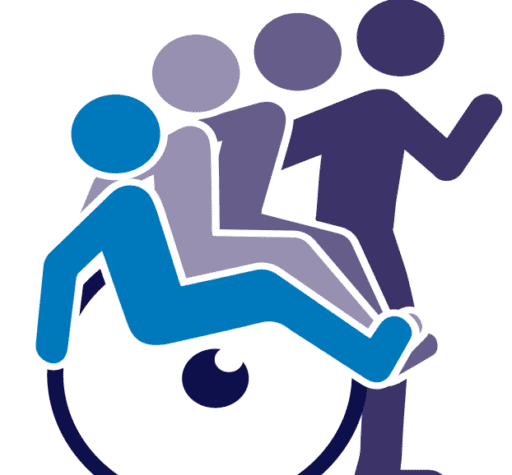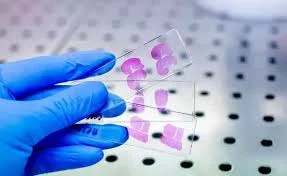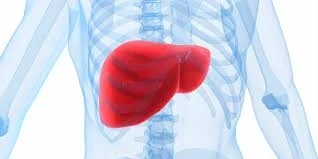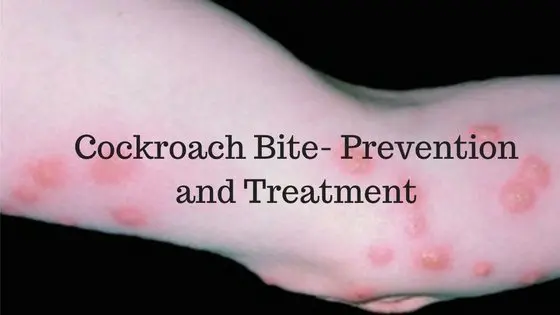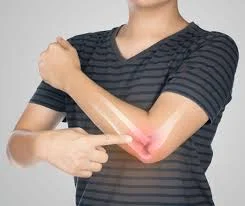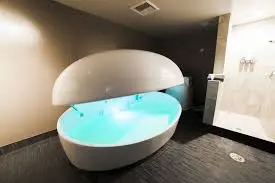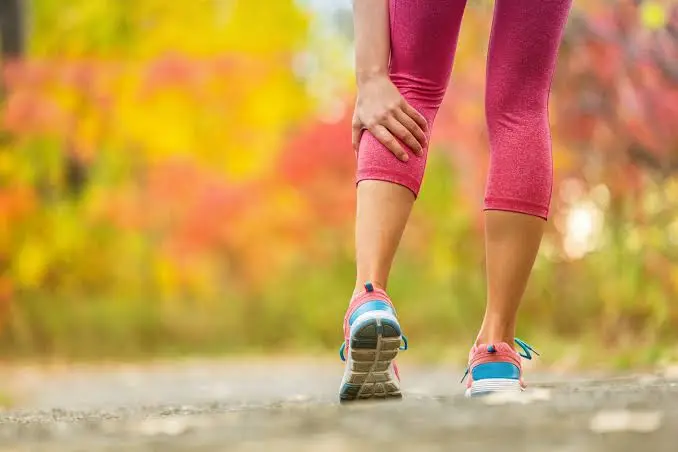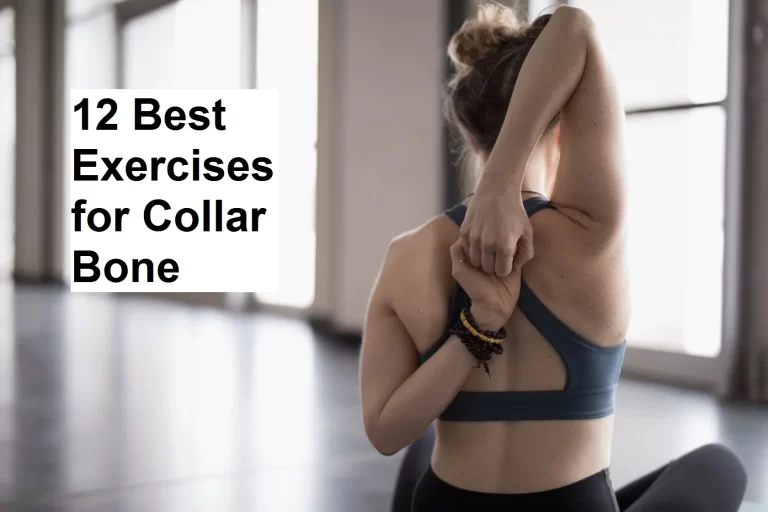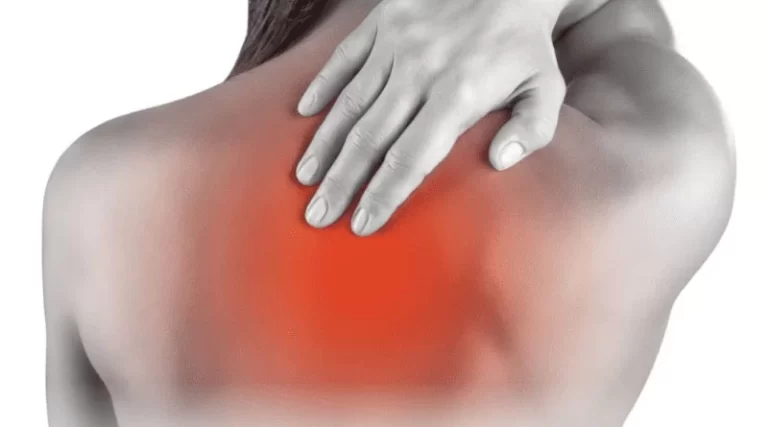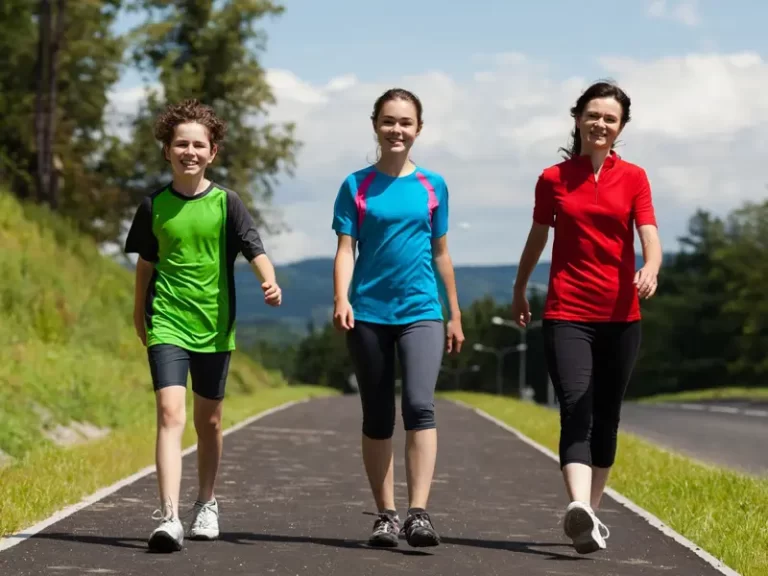Bone Marrow Tests
Introduction A bone marrow test is used by your doctor to examine the fluid and tissue in your marrow. The tests aid in determining whether cancer or another disease is affecting blood cells or bone marrow, as well as the severity of the disease. Some blood cell changes can be detected in marrow samples before…
